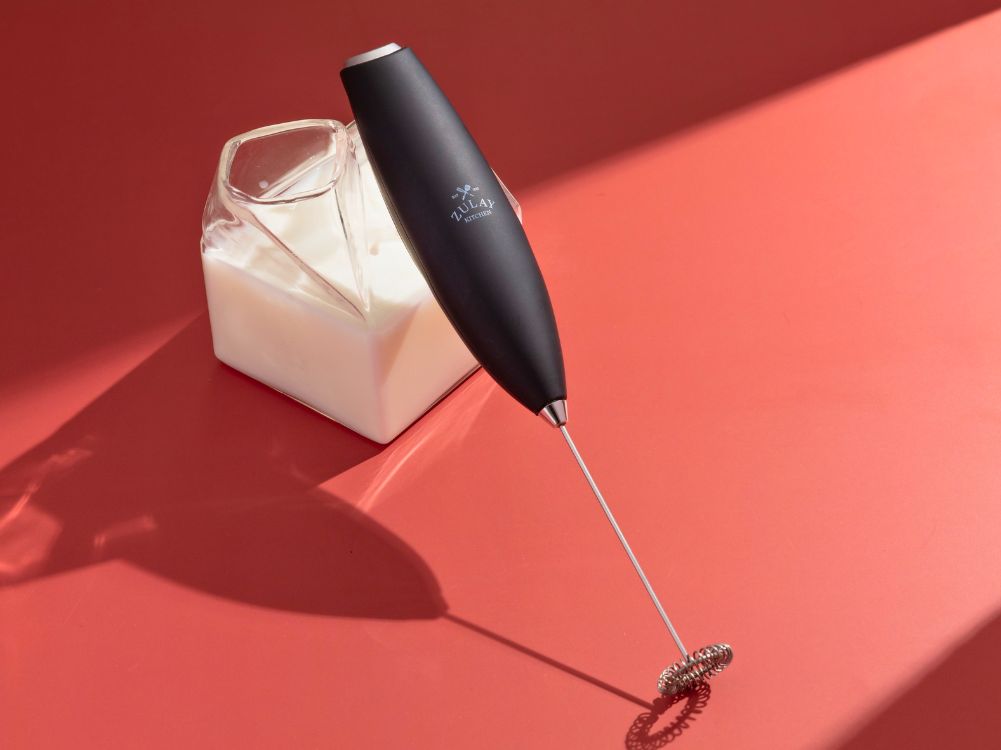
How to Use a Milk Frother
If you’ve ever wondered how coffee shop baristas make those smooth lattes and frothy cappuccinos, the secret lies in a surprisingly simple tool: the milk frother. But what is a milk frother? What does a milk frother do for coffee? More importantly, how do you use a milk frother at home to get that velvety foam?
We’ve spent years developing and perfecting milk frothers that are not only powerful and easy to use but also budget-friendly and built to last. We’ve sold millions of frothers worldwide, tested countless designs, and answered just about every frother-related question imaginable. So when we say we know our frothers, we really mean it.
Whether you’ve just picked up a handheld milk frother, an automatic milk frother, or you’re eyeing that steam wand on your espresso machine, this guide will walk you through how to use a milk frother, why it matters, and how to get the most out of it.
What Is a Milk Frother and What Does It Do?
Let’s start with the basics: what is a milk frother, and what is a frother used for? A milk frother is a tool designed to whip air into the milk, creating tiny bubbles that give it a light, creamy, and frothy texture. To put it simply, it aerates milk.

So, what does a milk frother do for your coffee? It transforms ordinary milk (or non-dairy alternatives) into a silky foam that elevates your drinks— a latte, cappuccino, iced coffee, matcha latte, or even hot chocolate.
You might also be wondering: Is a frother the same as a steamer? Not quite. Steamers use hot steam (from espresso machines) to heat and texture milk, while frothers use air and rapid motion. Both give you foam, but frothers are more beginner-friendly and don’t require a big espresso machine setup. So now that you know what a milk frother is used for, let’s talk about how it works.
How Does a Milk Frother Work?
Different milk frothers work in slightly different ways, but the goal is always the same, which is to inject air into the milk. Here are the types of milk frothers and how to use them:
- Handheld milk frother wands spin at high speeds when powered on, creating agitation that whips the milk into foam.
- Manual frothers (like a French press) rely on you pumping a plunger up and down to aerate the milk.
- Automatic milk frothers heat and froth the milk automatically with internal whisks and heating coils.
- Espresso machine steam wands shoot pressurized steam directly into the milk, creating dense microfoam.
How to Use a Handheld Milk Frother Wand
Battery-powered frothers are popular for good reason since they’re affordable, easy to use, and incredibly portable. Our Double Whisk Handheld Milk Frother is a good example, crafted with premium, rust-resistant materials for long-lasting durability and daily performance. Its compatibility with all types of milk makes it a versatile staple in any coffee lover’s kitchen.

For best results when using a milk frother wand, use a tall, narrow frothing pitcher to minimize splashing, and always clean the whisk end immediately after use. Here’s exactly how to do it right:
1. Heat your milk to the right temperature.
Use a microwave or stovetop to warm your milk to 130°F–150°F. Milk that’s too cold won’t foam well, and milk that’s too hot (above 160°F) may scald, affecting both texture and taste.
2. Pour the milk into a tall, narrow container.
Fill the cup or frothing pitcher only halfway to leave enough space for the milk to expand. The shape of the container matters as it helps direct the foam upward and reduces splashing.
3. Submerge the frother wand just below the surface.
Insert the whisk head so it sits slightly under the milk’s surface. This is the optimal position for incorporating air and beginning the frothing process.

4. Turn on the frother and gently move it up and down.
Activate the wand and use a slow, vertical motion to distribute air and create smooth, even foam. Keep your wrist relaxed and let the frother do the work, there’s no need to stir like a spoon.
5. Froth for 20–30 seconds until the milk doubles in volume.
Watch for the texture to become light and creamy with fine bubbles. Once it reaches the desired consistency, stop frothing and give the container a light swirl to even out the foam.
How to Use a Manual Milk Frother
If you only have a manual milk frother or a French Press with you, here's something for you. While it requires a bit more elbow grease, it gives you full control over the frothing process, and there’s something oddly satisfying about creating foam with your own hands. In fact, for many coffee lovers, this method offers their favorite milk frother use thanks to its simplicity and tactile feel. Here’s how to use a frother manually like a pro:

1. Heat your milk separately.
Warm your milk on the stove or in the microwave until it reaches about 130°F–150°F—the same ideal range for frothing.
2. Pour the milk into the manual frother.
Fill it no more than halfway, as the milk will expand as you froth.
3. Secure the lid and plunger.
Make sure the lid is tightly closed and the plunger is properly aligned to avoid spills. Personally, I like to press the top down firmly with the heel of my palm while pumping the plunger. It keeps everything stable and gives you better control during those more vigorous frothing sessions.

4. Pump the plunger vigorously for 30–60 seconds.
Use quick, vertical movements to incorporate air and create froth. You’ll notice the milk growing in volume and texture.
5. Let the foam rest for 10–15 seconds.
This allows the foam to stabilize and separate slightly from the liquid, making it easier to pour and layer.
How to Use an Automatic Milk Frother
Automatic milk frothers are plug-in frothers designed for the best convenience, often featuring settings for froth-only, warm froth, or hot milk, making them a favorite among multitaskers. Our Automatic Milk Frother with Temperature Control takes it a step further as it heats milk precisely to 150°F, delivering consistent results. It operates quietly, and the built-in auto shut-off ensures safety and energy efficiency.

If you’re looking for a foolproof way to enjoy café-style drinks at home, this is it. Here’s how to use a milk frother that’s automatic:
1. Add cold milk to the indicated line.
Most automatic frothers have clear minimum and maximum fill lines inside the container. Be sure not to exceed the maximum line, as the milk will expand during frothing.
2. Select your preferred frothing mode.
Depending on the model, you may have options such as hot froth, cold foam, or simple milk heating. If you’re making a hot latte or cappuccino, choose the hot froth setting. For iced lattes or cold brews, the cold foam option creates a refreshing, airy texture without raising the temperature of the milk.
3. Press the start button and allow the machine to operate.
Once activated, the frother will begin heating and spinning the milk automatically. There’s no need to stir, hold, or supervise the process. This hands-free operation is one of the key advantages of an electric milk frother.
4. Allow the cycle to run for 60 to 90 seconds.
Most frothers complete the process in under two minutes. During this time, the milk is heated to an optimal temperature.

5. Pour the frothed milk into your beverage and enjoy.
Once the cycle is complete, carefully pour the froth over your espresso, coffee, or tea.
How to Froth Milk with Clasica Espresso Machine Steam Wand
If you're aiming for silky microfoam and café-quality lattes, using a steam wand is your most advanced and most rewarding option. This technique takes a bit of practice but offers the smoothest, most velvety texture, perfect for latte art. So if you're wondering how to froth milk with an espresso machine or how to use a milk frother on an espresso machine, this method delivers truly professional results.

We use the Magia Clasica Automatic Espresso Machine often, and it includes a powerful built-in steam wand. Here's how to use it properly:
1. Fill a stainless steel frothing pitcher with cold milk.
Use whole milk for best results, as the fat content helps create a rich foam. For non-dairy options, oat and barista-style almond milk also froth well.
2. Purge the steam wand.
Before inserting the wand into your milk, briefly turn it on to release any water buildup. This guarantees dry steam for better frothing.
3. Position the wand just under the surface of the milk.
Submerge the steam tip slightly beneath the surface and keep it near the side of the pitcher to start introducing air into the milk.

4. Create a whirlpool by angling the pitcher.
Tilt the pitcher gently to encourage a spinning motion, which helps break up larger bubbles and create that signature microfoam.
5. Froth until the milk reaches 140°F to 150°F.
Use a thermometer or rely on touch, where the pitcher should be too hot to hold comfortably after a few seconds. Stop steaming once the milk expands in volume and reaches the desired temperature.
6. Tap and swirl.
Gently tap the pitcher on the counter to pop any remaining large bubbles, then swirl the milk to keep the texture smooth and glossy.
Zulay Says: This method requires a bit more attention and technique than automatic frothers, but the result is unbeatable. If you're serious about crafting café-level drinks at home, learning how to use a steam wand effectively is a game-changer.
What Milk Froths Best
If you’ve been using a milk frother and not getting that foam, the issue might not be your frother, it could be your milk. Frothing depends heavily on milk composition, particularly protein and fat content. We’ve already written a detailed blog post on the science behind milk frothing, but here’s a concise breakdown to guide your next choice:
| Milk Type | Foam Quality | Texture & Notes |
|---|---|---|
| Whole Milk | Rich, stable foam | Creamy and dense; best for lattes and cappuccinos |
| 2% Milk | Balanced, moderately stable foam | Smooth with a slightly lighter body than whole milk |
| Skim Milk | Froths quickly with large volume | Light and airy foam; less creamy, more bubbly |
| Oat Milk | Excellent foam (especially barista blends) | Smooth and slightly sweet; top plant-based choice for consistent froth |
| Almond Milk | Froths moderately well | Thinner texture; may require a stabilizer or barista blend |
| Soy Milk | Froths well, but heat-sensitive | Good texture, but can curdle if overheated or steamed too long |
Zulay's Final Thoughts
If you're learning how to use a frother for the first time or just experimenting with different frothing methods (from handheld wands to automatic machines or espresso steam wands) the real secret is technique plus the right kind of milk. Understanding what a milk frother is used for and how a frother works will completely change the way you approach your morning cup.
At Zulay Kitchen, we’ve spent years designing, selling, and personally testing milk frothers for every lifestyle. So whether you’re perfecting your latte art, frothing almond milk for matcha, or simply curious about how to use a frother for coffee, you now have the complete guide. All that’s left is to pick your frother, choose your milk, and start whisking your way to better mornings.

Frequently Asked Questions About Milk Frothers
What is the purpose of a milk frother?
A milk frother is designed to aerate milk by introducing tiny air bubbles, which create foam. This foam improves the texture of beverages and enhances the overall flavor by blending milk smoothly with espresso or coffee.
How do you use a milk frother for coffee?
To froth milk for coffee, first heat your milk to around 130°F to 150°F—hot but not boiling. Then use your preferred frother type (handheld, automatic, or steam wand) to create foam. Once the milk has expanded and formed a silky texture, pour it over freshly brewed espresso or coffee for a creamy, café-style drink.
What is a coffee frother vs a milk frother?
There’s no actual difference between the two. The term “coffee frother” is simply another name for a milk frother used specifically in coffee drinks.
How does a frother work?
A frother works by rapidly spinning a whisk or using steam pressure to agitate milk and incorporate air. This action creates microfoam that gives drinks their signature texture. Some frothers use mechanical spinning (as in handheld wands), while others use heated induction or steam (as in electric frothers and espresso machines).
Is a milk frother worth it?
Without a doubt. A milk frother is one of the simplest and most affordable tools to dramatically improve your at-home coffee experience. It allows you to recreate your favorite drinks with professional quality, minimal effort, and maximum satisfaction.















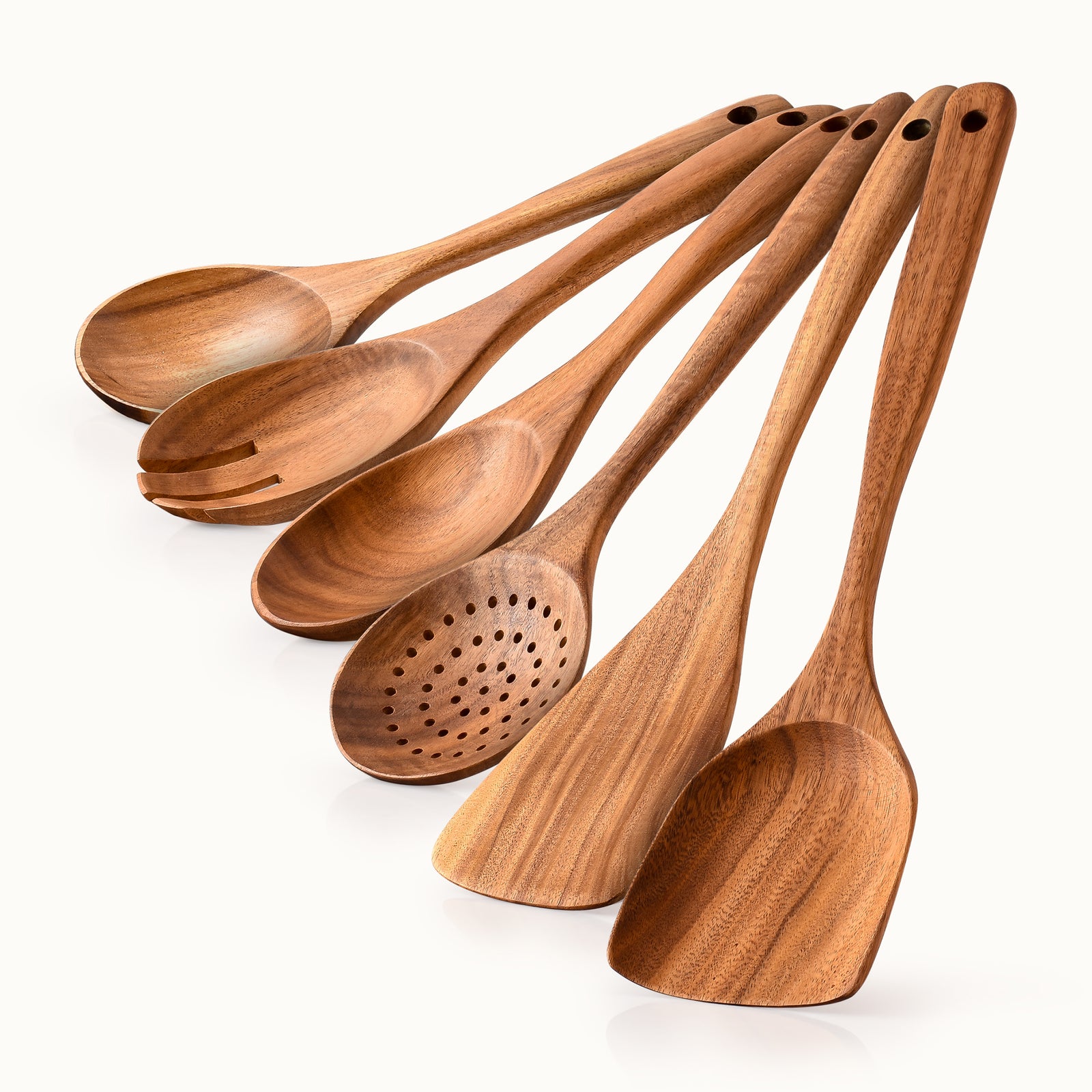

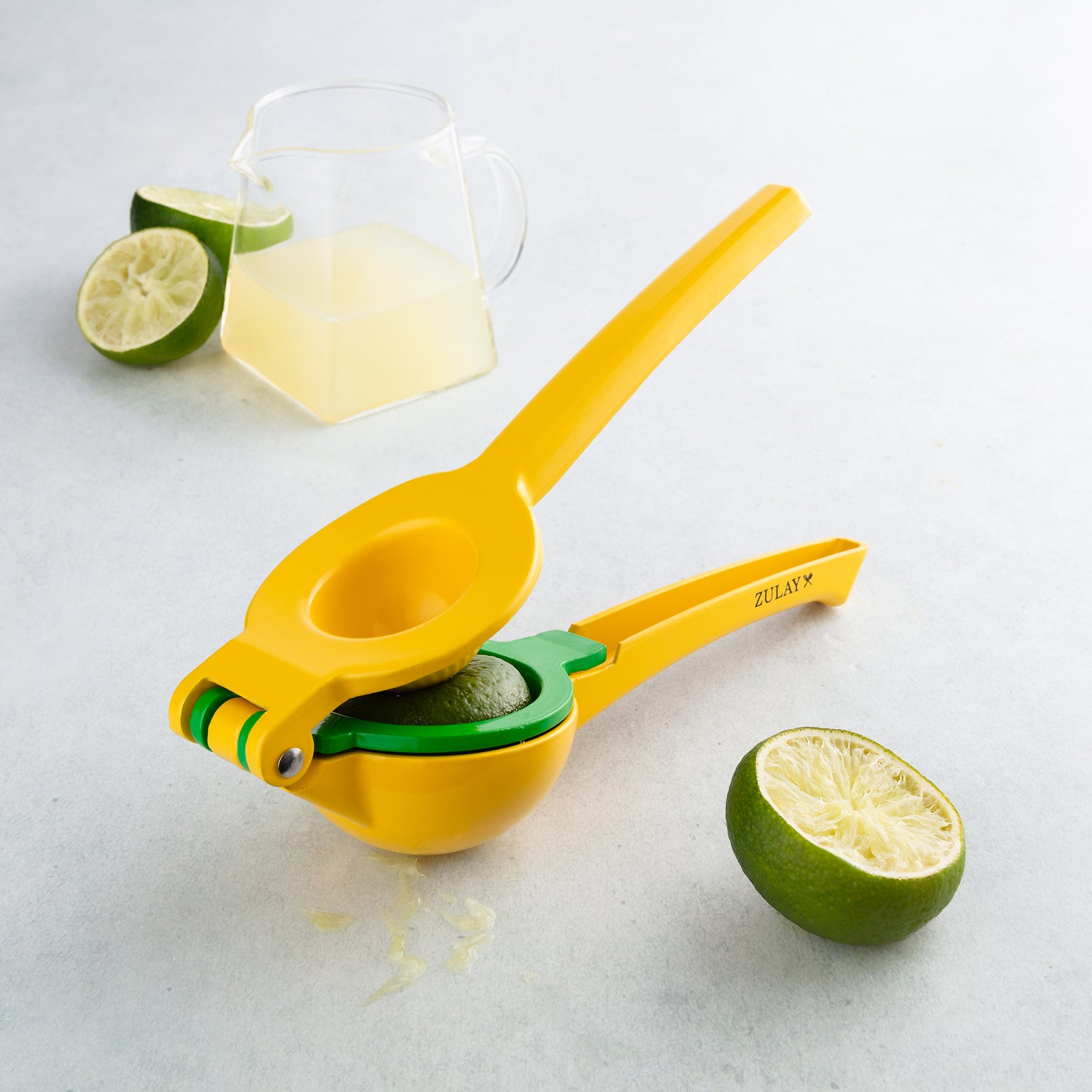
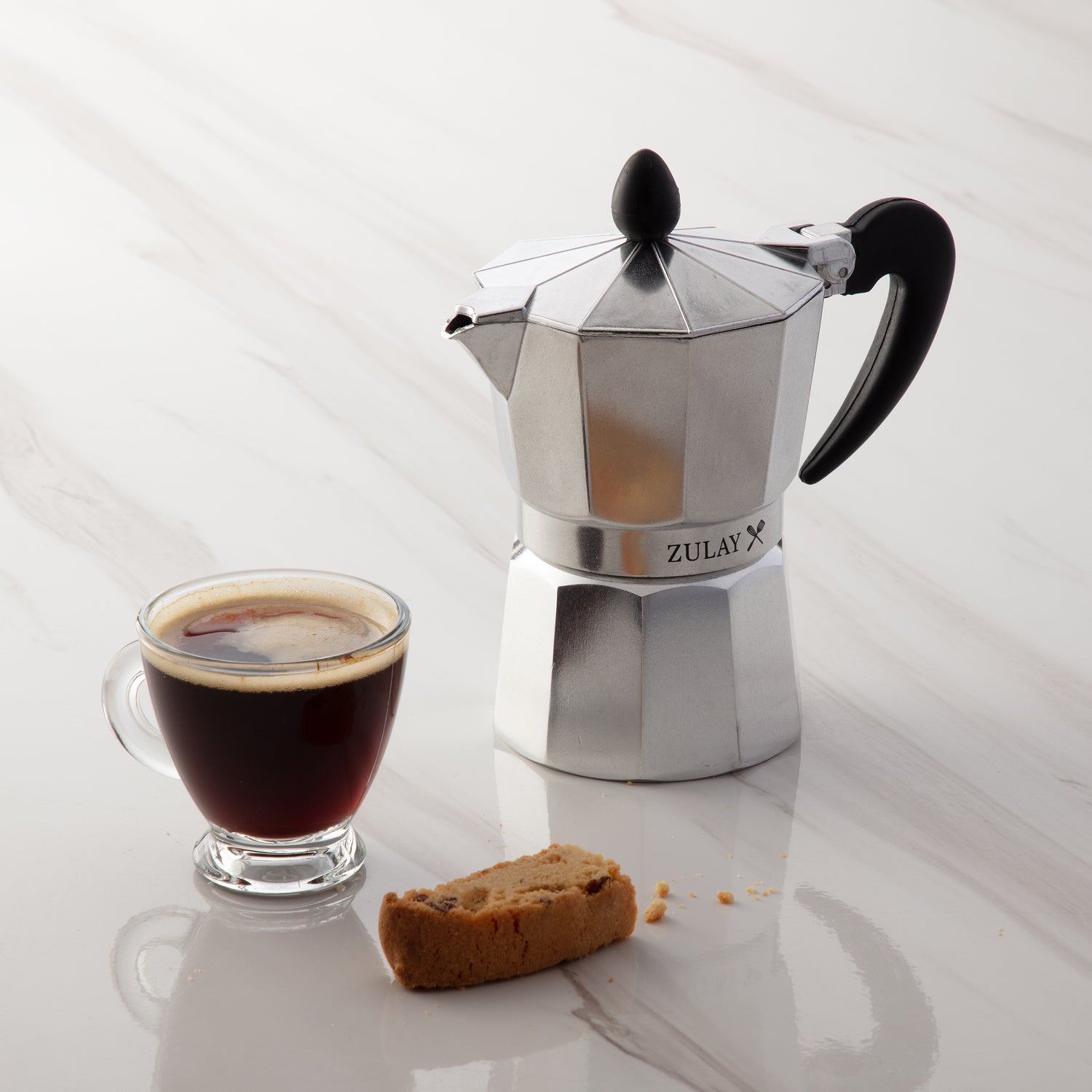




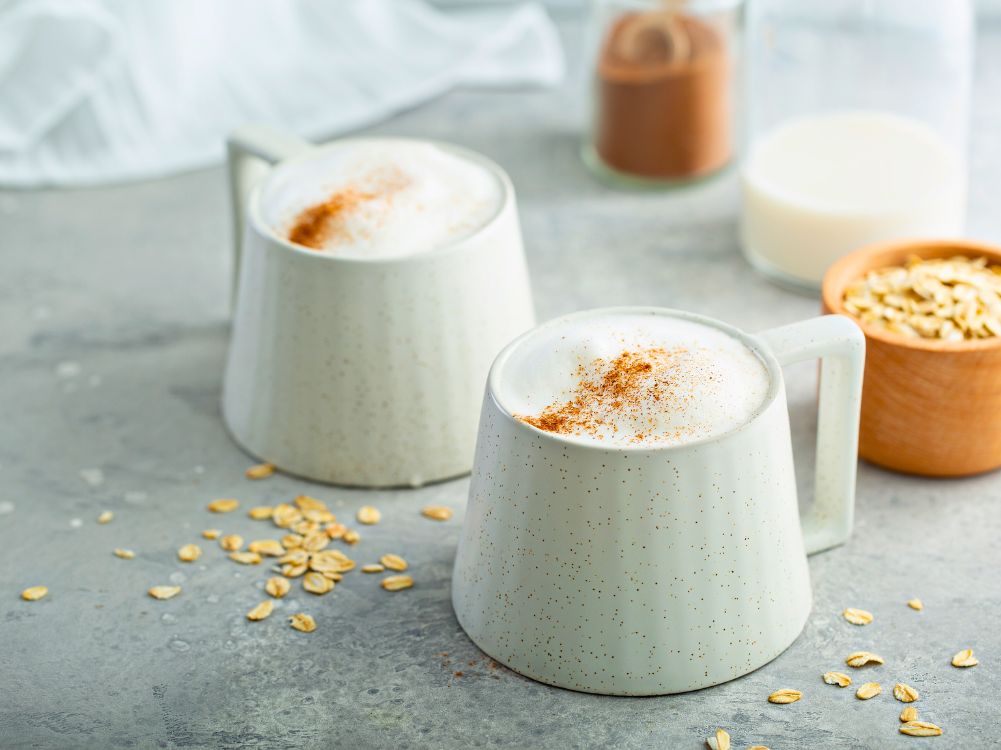
Leave a comment
This site is protected by hCaptcha and the hCaptcha Privacy Policy and Terms of Service apply.